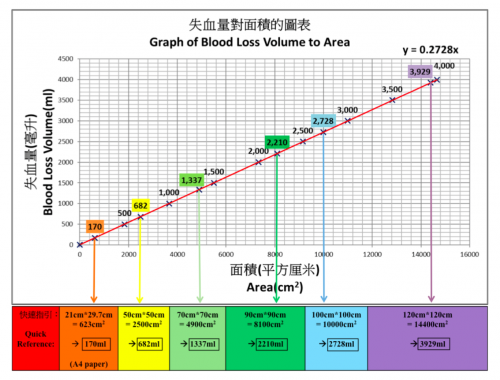How long does it take for EMS to get to the scene of an emergency? That’s a loaded question, because there are many, many factors that can impact this timing. If you look at the existing literature, there are few, if any, articles that have actually looked at this successfully.
A group from Aurora, IL and Wake Forest reviewed EMS records from across the country, spanning 485 agencies over a one year period. Only 911 responses were reviewed, and outliers with arrival times of more than 2 hours and transport times of 3 hours were excluded. Over 1.7 million records were analyzed, and 625 were excluded for this reason.
Here are the factoids:
- In 71% of cases, the patient was transported to a hospital. In one quarter of cases, they were evaluated but not transported. 1% were dead on arrival, and in 2% no patient was found at the scene (!)
- 4% of patients were transported in rural zip codes, 88% in suburban ones, and 8% from urban locations
- Overall response time averaged 7 minutes
- Median response times were 13 minutes for rural locations, and 6 minutes for both suburban and urban locations
- Nearly 1 in 10 patients waited 30 minutes for EMS response in rural locations
Bottom line: There is an obvious difference in EMS response times between rural and urban/suburban locations. And there are many potential reasons for this, including a larger geographic area to be covered, volunteer vs paid squads, etc. Many of these factors are difficult, if not impossible to change. The simple fact that it takes longer to reach these patients increases their potential morbidity and mortality. Remember, time is of the essence in trauma. The patient is bleeding to death until proven otherwise. It is far easier and cost-effective to equip bystanders with the skills to assist those in need (basic first aid, CPR, Stop the Bleed, etc) while waiting for EMS to arrive.
Reference: Emergency Medical Services Response Times in Rural, Suburban, and Urban Areas. JAMA Surg 152(10): 983–984, 2017.



